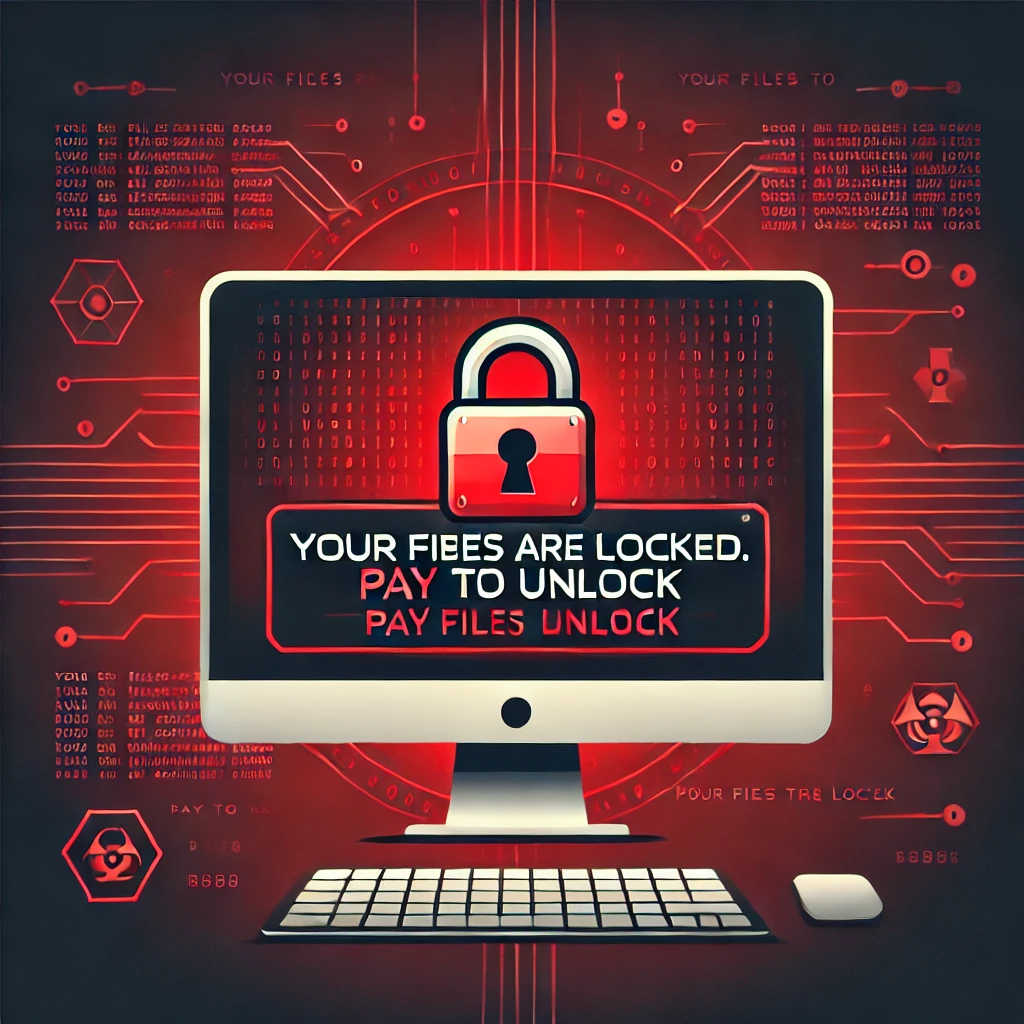Ransomware is real concern in online world. In today’s digital world, we rely on computers, phones, and the internet for almost everything. While this makes life easier, it also opens the door to cybercriminals who use tricks like ransomware to cause harm. But what exactly is ransomware, and how can you stay safe? Let’s break it down in simple terms.
What is Ransomware?
Ransomware is a type of malicious software (or malware) that locks you out of your computer or files until you pay money to the attackers. It’s like someone putting a lock on your door and demanding money for the key. Cybercriminals often demand payment in cryptocurrencies like Bitcoin because it’s harder to trace.
How Does Ransomware Work?
Here’s how ransomware typically happens:
Infection: It starts when you accidentally download the ransomware by clicking on a bad link, opening a fake email attachment, or visiting a dangerous website.
Locking Your Data: Once on your device, the ransomware either locks your screen or encrypts (scrambles) your files so you can’t open them.
Ransom Demand: A message will appear, telling you to pay a ransom to unlock your files. The attackers often set a deadline, threatening to delete your files if you don’t pay.
Why is Ransomware Dangerous?
Loss of Data: You may lose access to important files like photos, documents, or work data.
Financial Loss: Paying the ransom doesn’t guarantee you’ll get your files back.
Disruption: It can disrupt businesses, hospitals, and even critical infrastructure like energy systems.

Designed by Freepik
How Can You Protect Yourself?
The good news is that you can take simple steps to avoid falling victim to ransomware:
Back Up Your Data: Regularly save copies of your important files on an external hard drive or a secure cloud service. This way, even if ransomware locks your files, you have a backup.
Be Careful with Emails: Don’t click on links or download attachments from unknown senders. Phishing emails are a common way ransomware spreads.
Use Antivirus Software: Install reliable antivirus software and keep it updated to detect and block ransomware.
Keep Software Updated: Always update your operating system and apps. Updates often fix security holes that hackers exploit.
Enable Firewalls: Firewalls act as a barrier between your computer and the internet, blocking harmful connections.
Think Before You Click: Avoid visiting suspicious websites and be cautious when downloading files or apps.
What to Do If You Get Infected
If you think your computer is infected with ransomware, here are some steps you can take:
Disconnect: Unplug your device from the internet to stop the ransomware from spreading.
Don’t Pay: Paying the ransom encourages attackers and doesn’t guarantee your files will be returned.
Contact Experts: Seek help from cybersecurity professionals or report the attack to local authorities.
Conclusion
Ransomware is a serious threat, but understanding how it works and following simple safety measures can help you stay protected. Remember, the best defense is being prepared and cautious. With a little effort, you can keep your digital life safe and secure.–






